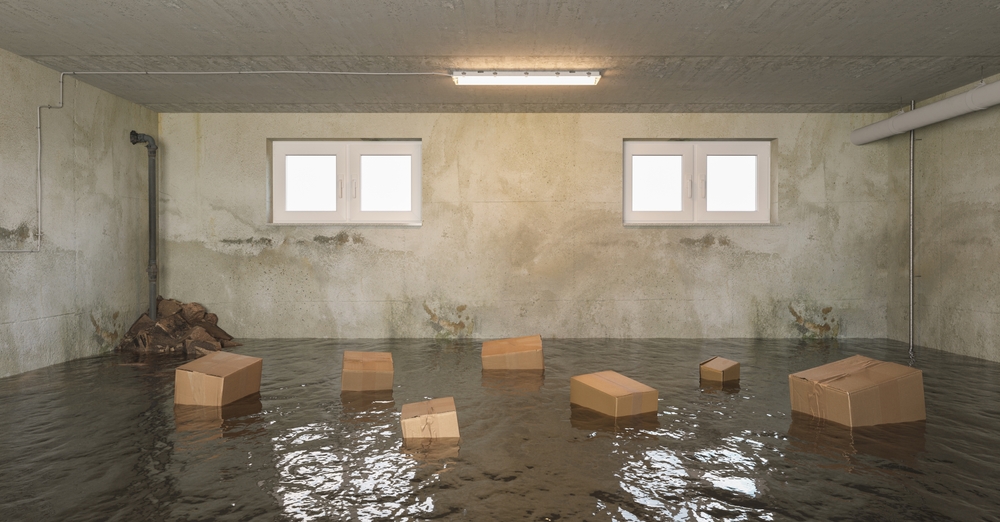
Flooding is a devastating natural disaster that can cause significant damage to homes, buildings, and infrastructure. In addition to the immediate destruction caused by floodwaters, mold growth is another insidious problem that often arises in its aftermath.
Flooding and mold growth are closely interconnected, and it is crucial to understand this link to effectively mitigate the risks associated with both.
In this blog post, we will explore the relationship between flooding and mold growth, the factors contributing to mold proliferation after a flood, and the steps individuals and businesses can take to prevent and address mold issues after a flood.
The Link Between Flooding and Mold Growth:
Understanding Mold

Mold is a type of fungus that thrives in damp and humid environments. It reproduces through tiny spores that float in the air and can settle on various surfaces. While mold plays a vital role in the natural decomposition process, it can become a problem when it infiltrates our homes and begins to grow uncontrollably.
Floodwater and Mold Contamination
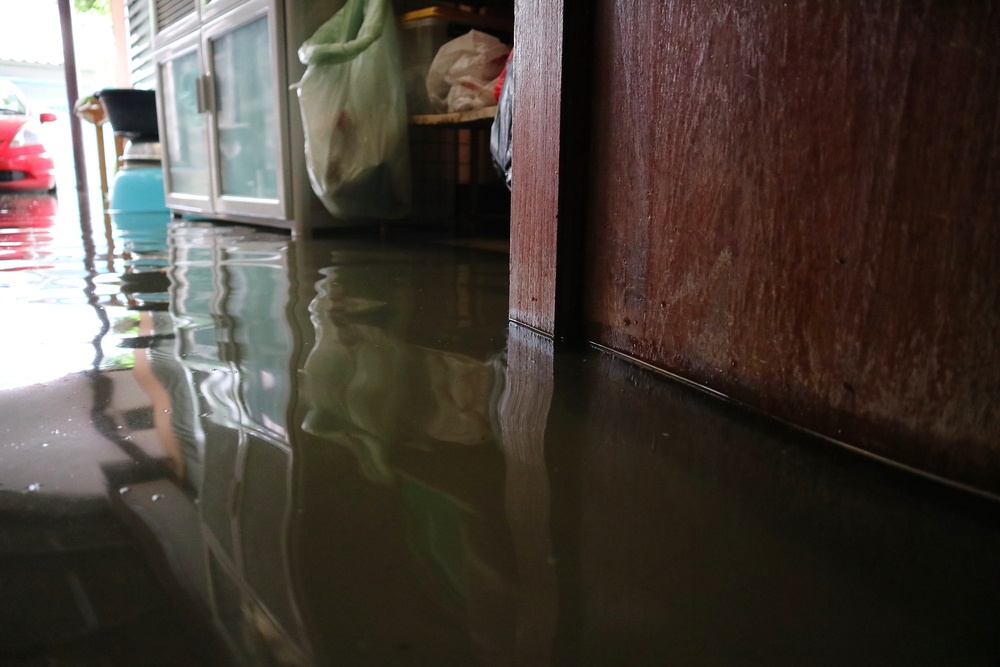
When flooding occurs, large amounts of water infiltrate homes, saturating building materials, furniture, and belongings. This excess moisture creates the perfect breeding ground for mold spores to take root and proliferate.
Mold can begin to colonize within 24–48 hours after a flood. If left unaddressed, it can spread rapidly throughout the affected area.
The presence of mold not only compromises the structural integrity of buildings, but also poses serious health risks to occupants. Mold spores can trigger allergies, respiratory issues, and other adverse health effects, making it imperative to tackle mold growth promptly and effectively.
Factors Contributing to Mold Proliferation After a Flood
Several factors contribute to the rapid proliferation of mold following a flood. Understanding these factors can help individuals and businesses take proactive measures to prevent or minimize mold growth:
Moisture:

Floodwaters introduce excessive moisture into buildings, creating an ideal environment for mold to thrive. Even after the floodwaters have receded, residual moisture can persist in building materials, promoting continued mold growth.
Lack of Ventilation:
In the aftermath of a flood, buildings often suffer from reduced ventilation due to damage to windows, doors, and HVAC systems. Insufficient airflow slows the drying process and allows moisture to accumulate, encouraging mold growth.
Delayed Remediation:
Delayed response to a flood event can significantly increase the likelihood and extent of mold growth. The more prolonged moisture and dampness persist, the greater the chances of mold colonization.
Inadequate Cleaning:
Improper cleaning and sanitization efforts after a flood can leave behind moisture and organic matter, providing an open invitation for mold spores to flourish.
Preventing and Addressing Mold Issues After a Flood
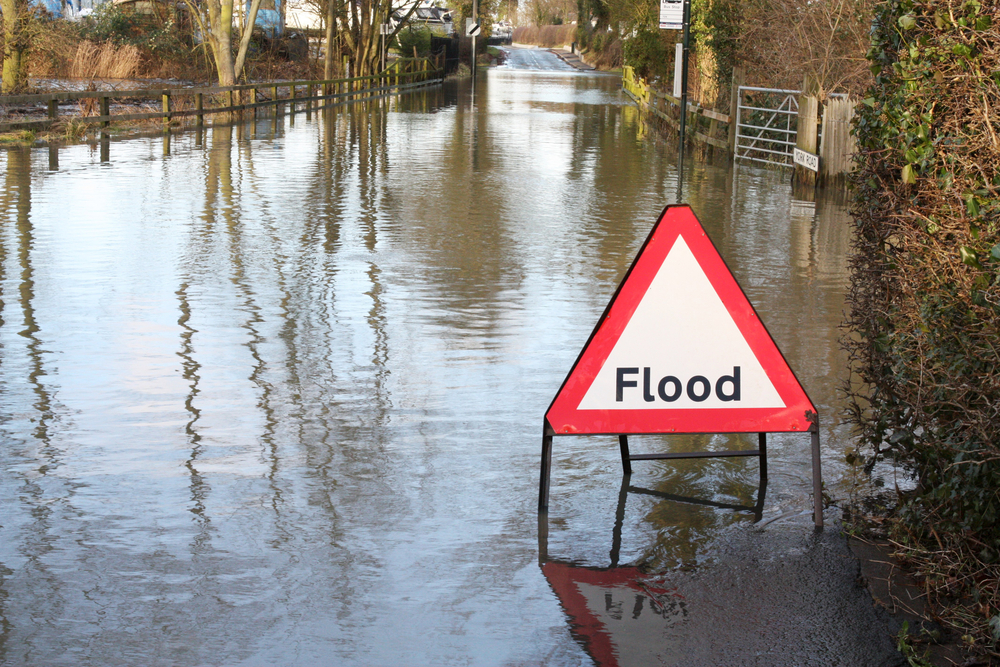
To effectively prevent and address mold growth after a flood, it is crucial to follow these essential steps:
Safety First:
Before entering a flooded building, ensure it is safe to do so. Turn off the power supply and wear appropriate protective gear, gloves, goggles, and respiratory masks, to safeguard against potential hazards.
Remove Standing Water:
Pump out any remaining standing water and remove wet materials, such as carpets, furniture, and personal belongings. Prompt water extraction is essential to minimize the moisture levels in the building.
Dry Thoroughly:
Increase ventilation and use dehumidifiers to expedite the drying process. Open windows and doors to promote airflow and utilize fans to circulate air within the affected area. Monitor humidity levels with moisture meters to ensure they fall within acceptable ranges.
Clean and Disinfect:
Thoroughly clean all surfaces with a mold-inhibiting cleaner to remove any visible mold and prevent further growth. Pay special attention to areas that were submerged during the flood. Ensure cleaning is done effectively, reaching all nooks and crannies where mold may hide.

Dispose of Contaminated Materials:
Any materials that cannot be effectively cleaned and dried should be disposed of properly. This includes porous items like carpets, upholstered furniture, and ceiling tiles, which are difficult to fully dry and may harbor mold.
Inspect and Repair:
Conduct a thorough inspection of the building’s structure, including walls, floors, and foundations, for signs of water damage and mold growth. Repair any leaks or structural issues promptly to prevent future water intrusion and mold problems.
Seek Professional Assistance:
In cases of extensive flooding and mold contamination, it is advisable to seek the services of mold inspection professionals. They have the expertise and specialized equipment to test the affected areas.
Hurricane Season in Florida: How ETA Mold Can Help
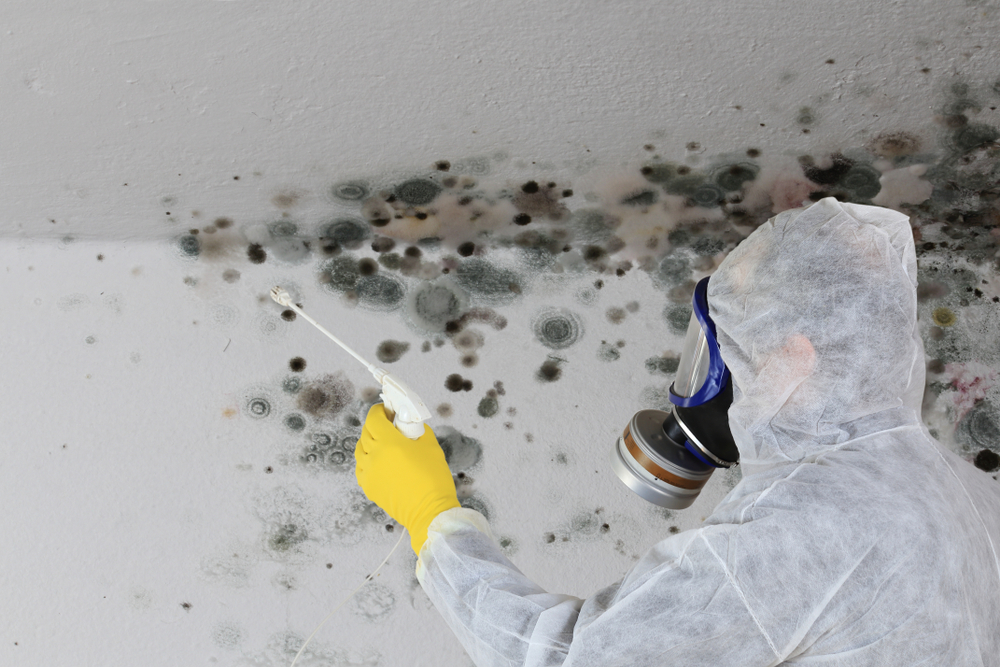
Florida is no stranger to the destructive force of hurricanes, with its geographic location making it particularly vulnerable to these powerful storms.
But mold growth after flooding not only damages the structure of a building but also impacts indoor air quality, potentially leading to respiratory issues and other health problems for occupants.
In the aftermath of a hurricane, it is essential to address the potential mold growth promptly and effectively. ETA Mold is a reputable company that specializes in mold inspection and air quality testing services. With our expertise and experience, we can assist you in identifying and mitigating mold issues in the wake of a hurricane and create a safer living or working environment.
The Link Between Flooding and Mold Growth: Conclusion
Flooding and mold growth are closely intertwined, with floodwaters creating the perfect conditions for mold to flourish. Understanding the link between these two phenomena is crucial for individuals and businesses affected by floods. By promptly and effectively addressing mold issues after a flood, it is possible to mitigate the risks associated with mold growth and ensure the safety and well-being of occupants.
Contact ETA Mold today to learn more about our services and how we can assist you in combating mold growth after flooding. Together, we can safeguard your property and prioritize the well-being of those within it.

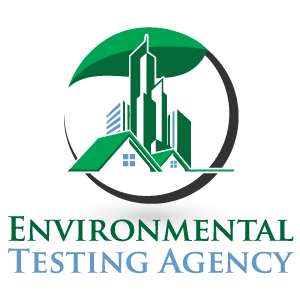

This is very interesting, You’re an overly professional
blogger. I have joined your rss feed and look forward to in search of extra
of your excellent post. Additionally, I have shared your site in my social networks
Feel free to surf to my web page … 사설토토
I think this is one of the most important info for me. And i am glad reading your article. But want to remark on few general things, The web site style is great, the articles is really nice : D. Good job, cheers
Thank you for the sensible critique. Me & my neighbor were just preparing to do some research on this. We got a grab a book from our local library but I think I learned more from this post. I’m very glad to see such magnificent information being shared freely out there.
I don’t even know how I ended up here, but I thought this post was good. I do not know who you are but certainly you are going to a famous blogger if you are not already 😉 Cheers!